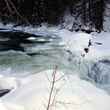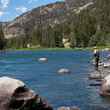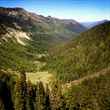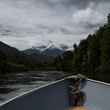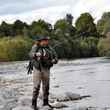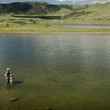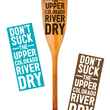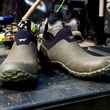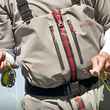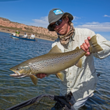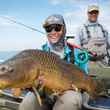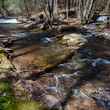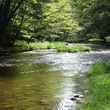As winter slowly crawls along, most fly fishers are thinking ahead to warmer days on the water. During this anticipation period, thoughts of mayflies, stoneflies, and caddis hatches of epic proportions are often on the mind. And let’s face it, a hatch dense enough to suffocate anyone standing within the cloud of insects is an experience many anglers dream of. While I too dream of the upcoming hatch season, I also begin to think about other natural events which occur on my home waters here in central Pennsylvania.
The sucker spawn
by George Daniel - Wednesday, Jan 20th, 2021



